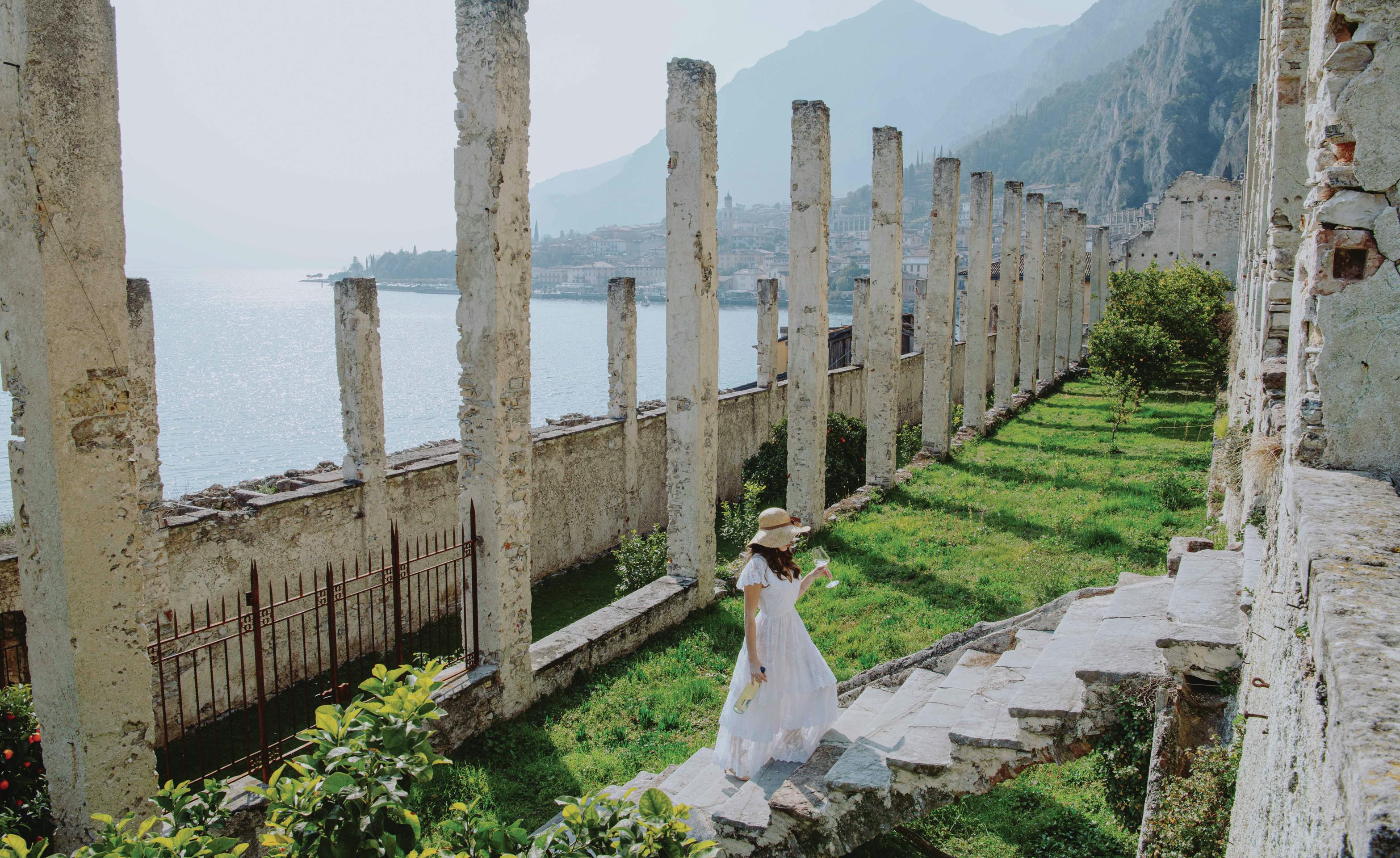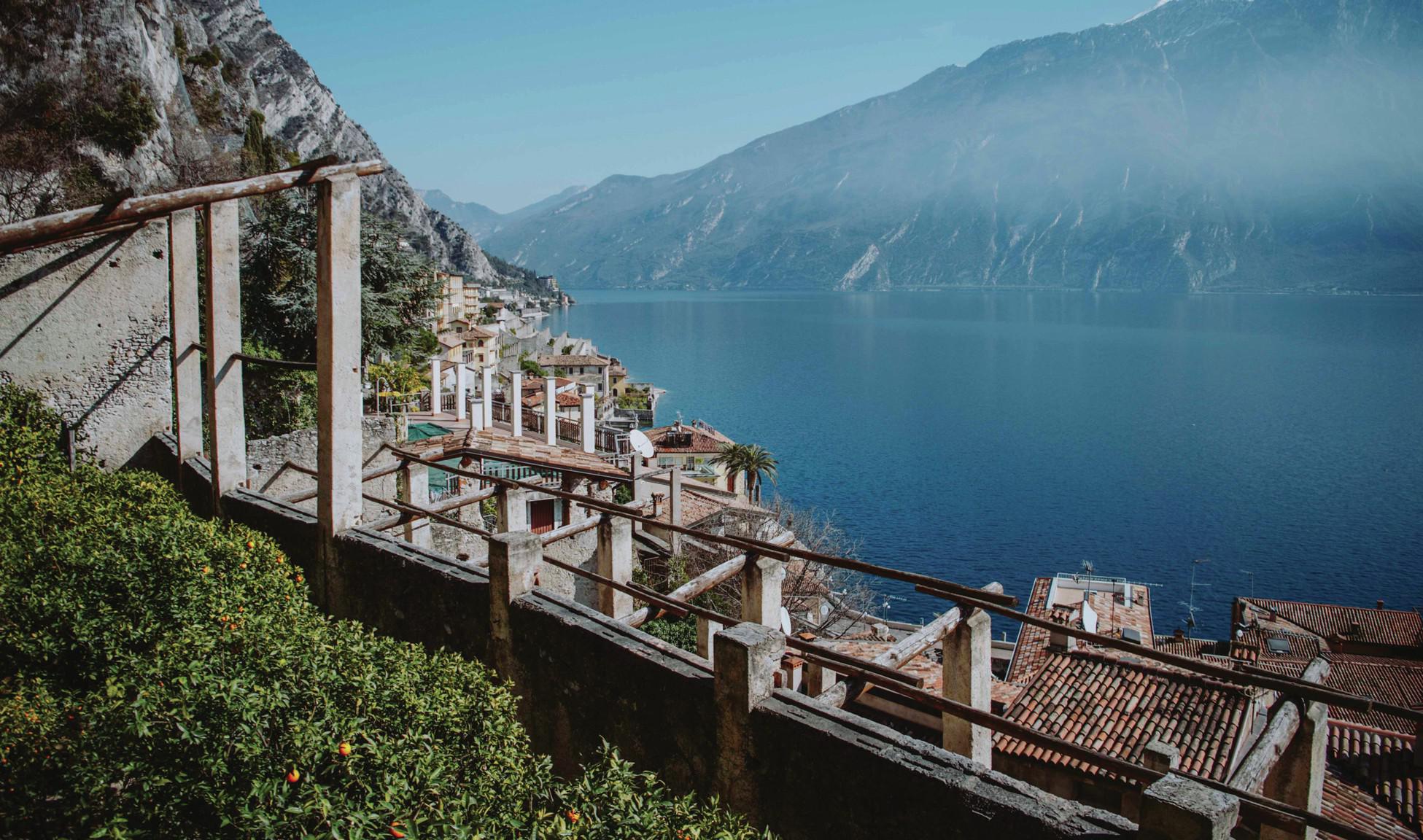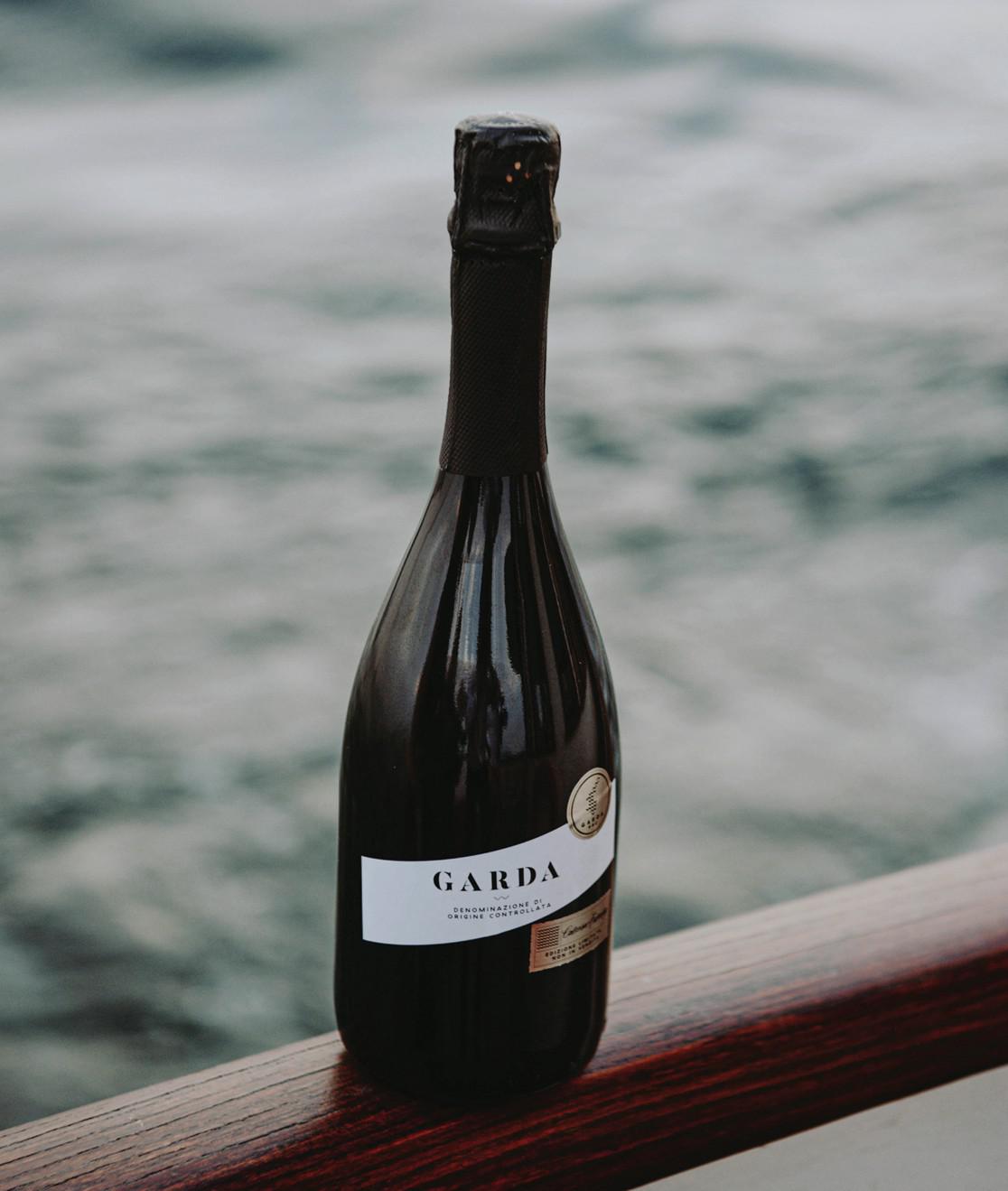This website uses cookies so that we can provide you with the best user experience possible. Cookie information is stored in your browser and performs functions such as recognising you when you return to our website and helping our team to understand which sections of the website you find most interesting and useful.
Garda DOC: offering fame and beauty
Garda DOC is giving the region’s producers the chance to showcase exciting new wines alongside their Soave, Valpolicella and Bardolino.

Given then fame and beauty of Lake Garda that annually attracts more than 13 million holidaymakers from across northern Italy, Germany and beyond, it was only natural to create a DOC in its name in 1996. Garda DOC extends to over 31,000 hectares, with nearly 28,000ha in the province of Verona, and the rest in Brescia and Mantova. In all it includes more than 250 independent wine producers and co-operatives. A wide variety of still and sparkling wines are produced here on the slopes that surround the lake from Valtenesi to Valpolicella and from the banks of the Mincio River to Verona.
Within this wide area, there are ten historic DOCs: Valtènesi, San Martino della Battaglia, Lugana, Colli Mantovani, Custoza, Bardolino, Valpolicella, Valdadige, Durello and Soave, all clustered around Italy’s largest lake. Garda DOC gives producers in these appellations the ability to produce other wines, often from international grape varieties like Chardonnay which was first planted here in the 1980s. As the consortium’s website says: ‘Garda DOC is a place in which the producer can give free rein to his imagination.’ A case in point is Cantina Pratello which bottles its impressive, low-yielding
Riesling under the Garda DOC, alongside its production of Valtenesi DOC and Lugana DOC. On a somewhat bigger scale is Cantina di Soave, a key member of the DOC which is responsible for a significant part of its total production. Garda DOC gives this large co-operative, which cultivates 48% of Soave DOC, a home for its award-winning Pinot Grigios for example. Therefore, the aim of the consorzio is very much to compliment the region’s traditional wines, rather than compete with them. The DOC was originally conceived for still varietal wines, but later added a sparkling category to give producers around the lake a chance to compete with Franciacorta to the west, Prosecco to the east and Trento DOC to the north. As an example, Cantine Riondo which is part of the Collis Veneto Wine Group, is using Garda DOC for its gently floral, tank-fermented Garganega to offer consumers something different to the extensive range of Proseccos it produces. It took a while for the DOC to catch on among producers in the region, but in recent years it has become increasingly popular. From a production of 6.1 million bottles in 2017, production of Garda DOC trebled to just under 21m bottles within three years, and this level has been maintained with 20.4m produced in 2022. There has been an interesting shift away from black grapes which accounted for 87% of the wine in 2017, in favour of white grapes, which within five years accounted for 54% of the total.

The still wines are typically single varietals with Chardonnay, Pinot Grigio and Garganega the principle white wines, while for the reds it is the Valpolicella grape Corvina, along with Merlot and Cabernet Sauvignon. Rosé is not permitted under Garda DOC rules as a still wine, though sparkling pinks are allowed. This is to protect famed existing rosés such as Chiaretto di Bardolino DOC and Valtènesi Chiaretto DOC. Charmat method sparkling wines are made from Garganega, Trebbiano and Pinot Grigio, while the bottle-fermented metodo classico versions are produced from Chardonnay and Pinot Nero.
Garda DOC encompasses a wide range of different grapes and winemaking techniques, yet what brings it all together and ties it in with the other DOCs within its boundaries is the lake itself. Lake Garda was formed by a seismic glacier during the ice age, which carved out a giant moraine valley which then filled with water once the glacier had retreated. The churning motion of all that ice and rock has left behind a fascinating mosaic of different soil types.
This year the Garda DOC consortium released a detailed soil map of the region based on an extensive scientific study led by pedologist Dr Giuseppi Benciolini. It will give growers the ability to match precisely the best plots to the most suitable grape varieties. It will also help them to tell the story of these micro terroirs in their labelling and the way they communicate with consumers. With this in mind an engaging video has been produced using computer graphics and some beautiful footage of the lake.
In broad terms, these stony calcareous soils tend towards variegated limestone on the eastern side of the lake, while the south and west are predominantly moraine formations from the lake basin. The hilly eastern areas also offer soils of volcanic origin. Once the ebb and flow of the glacier had helped create this patchwork of different soils, the lake that took its place has always played a crucial role in that other key component of terroir – the climate.
Paolo Fiorini, president of the Garda DOC consortium describes it as: “A temperate climate that seems to recall the Mediterranean but that also enjoys the breeze from Lake Garda, a one-of-a-kind luminosity and sun exposure that guarantees exceptional grape ripening.” This vast body of water with a surface area of 370sq km helps to moderate the temperature, while its near-constant breezes that blow southwards in the morning and northwards in the afternoon ensure the vineyards are well-ventilated.


Related news
How analytical insights help craft fine Languedoc wine

